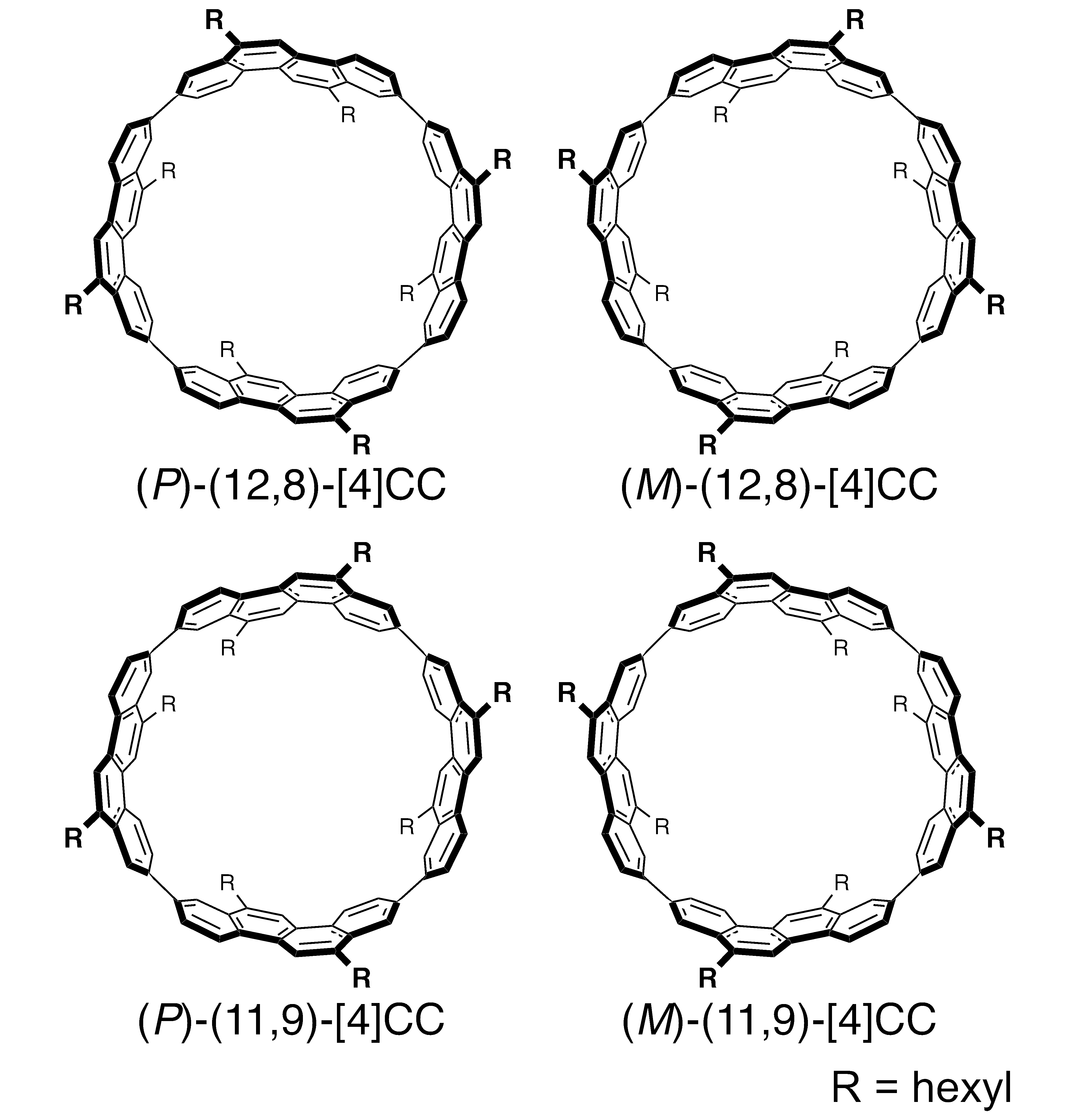
Bloomfield, submitted for publication) and used for calculation of stretching curve in Fig.
Half of a double helix free#
( C) Total melting transition free energy at pH = 3.1, ΔG( f) = δΦ( f) + ΔG 0, from experimental data of (M. The solid line is a stretching curve with two well-defined overstretching transitions.Long and short dashed lines are ss and ds stretching curves, respectively. ( B) The same but for pH = 3.1 and temperature slightly above room temperature. At T = 84☌ < T m, there is a single overstretching transition from ds to ssDNA at ≈25 pN. The curve corresponding to T = 88☌ just above T m has two overstretching transitions, whereas the curve at T = 92☌ is single stranded at any force. All curves at T < T m have one ds–ss transition. The temperature corresponding to each curve is indicated. We calculate f cr and T cr and discuss their physical meaning.įigure 3 ( A) Calculated DNA stretching curves at different temperatures around original melting temperature without force T m = 87☌. This range of forces becomes narrower as T is raised, and the two forces finally converge at f cr as T reaches a critical value T cr. The DNA double helix is only stable under applied forces between these: f ss–ds( T) < f < f ds–ss( T). However, at T≥T m, the dependence on f ov( T) becomes strongly nonlinear, and there are two, rather than one, critical forces f ss–ds( T) and f ds–ss( T). At temperatures much lower than the regular (zero force) DNA melting temperature T m = T m( f = 0), f ov( T) decreases almost linearly with f. We find the helix-coil phase boundary corresponding to the force at the midpoint of the overstretching transition as a function of T, f ov( T), or, conversely, the temperature midpoint of the helix-coil transition as a function of applied force T m( f). We therefore begin by analyzing dsDNA stability as a function of both force f and temperature T.

If DNA overstretching is equivalent to force-induced melting, it should be sensitive to temperature.

The much stronger salt dependence of f ov in noncrosslinked DNA results from its lower linear charge density in the melted state, compared to crosslinked or double-stranded overstretched S-DNA. Finally, we quantitatively explain the measured dependence of DNA overstretching force on solution ionic strength for crosslinked and noncrosslinked DNA. The calculated f ov(pH) is in excellent agreement with its experimental determination (M. This result is used to calculate the dependence of DNA overstretching force on solution pH, f ov(pH), from the known dependence of DNA melting temperature on pH. We also predict that any change in DNA solution conditions that affects its melting temperature should have a similar effect on DNA overstretching force.

Thus the DNA stretching curves, f( b), should exhibit two rather than one overstretching transitions: from single stranded (ss) to double stranded (ds) and then back at the higher force. At temperatures slightly above the regular DNA melting temperature, we predict stabilization of dsDNA by moderate forces, and destabilization by higher forces.

Fitting of the experimental f ov( T) dependence allows determination of both of these quantities in very good agreement with their calorimetric values. We calculate the slope of this dependence as a function of entropy and heat-capacity changes upon DNA melting. At temperatures significantly below the regular (zero force) DNA melting temperature, the overstretching force, f ov( T), is predicted to decrease nearly linearly with temperature. We find the DNA helix-coil phase boundary in the force-temperature space. In this paper, we consider the implications of the general theory developed in the accompanying paper, to interpret experiments on DNA overstretching that involve variables such as solution temperature, pH, and ionic strength.


 0 kommentar(er)
0 kommentar(er)
